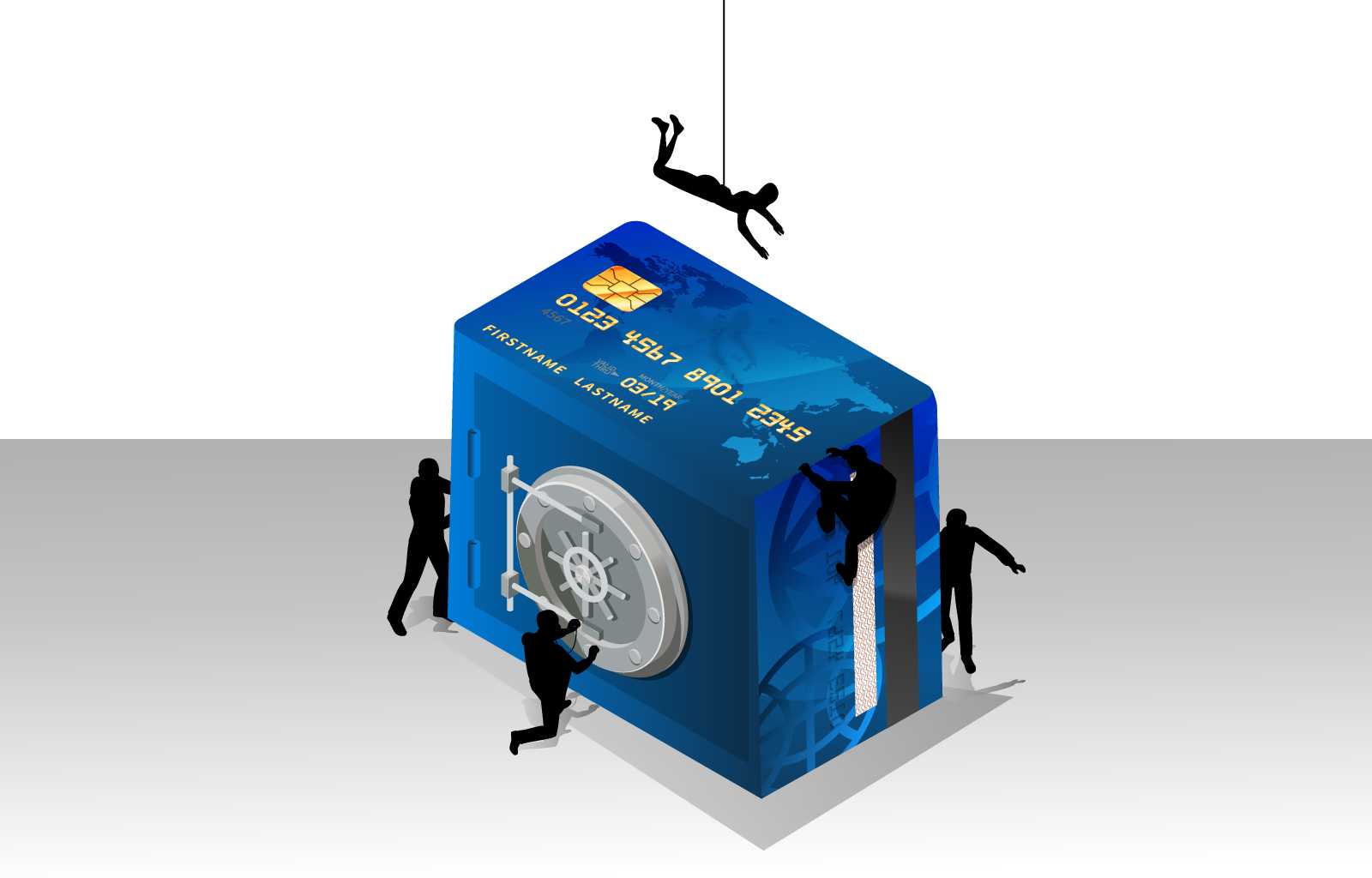Contactless payments are on the rise in the U.S. as consumers seek safe ways to complete transactions during a pandemic. Amidst this shift, card issuers and banks have an opportunity to embrace one particularly powerful way to make these new contactless payments even more secure and customer friendly: virtual credit cards.
Today, chip credit cards and tap payments secure transactions using a transactional “token” that takes the place of the actual card’s information, providing an extra layer of protection over simply swiping. After a transaction is complete, the 16-digit token expires.
This token is a virtual credit card.
Virtual credit cards are convenient and available to consumers at no extra cost. They can be generated instantly on a mobile app and used to shop immediately, even if the user forgets their wallet at home. Once easily accessed, there’s little reason for consumers not to leverage the additional layer of security.
To attract smartphone users and digital-native millennials in an age where fraud is commonplace, financial service providers need to assure customers that their information and transactions are safe. With virtual credit cards, they can do just that.
Security Matters More Than Ever
Last year was a banner year for credit card fraud. One-hundred and sixty-five million personal data records were exposed through data breaches in 2019. The year before, card fraud losses cost the U.S. $9.4 billion. Consumers know that sharing card information is risky, and even if they are protected from fraudulent charges, the process of reporting fraud and waiting for a new card to be issued and arrive by mail is enough of a hassle to make more secure payment options attractive.
A virtual credit card offers that security in a few ways. Obviously, it hides the customer’s actual credit card information, preventing it from falling into the wrong hands. If the virtual credit card number is somehow obtained by a fraudster, it won’t matter since most expire after use (though some can be set up with an extended expiration date, like while traveling for instance).
Virtual credit cards also protect the personal information associated with users’ actual cards. In the case of debit cards, virtual credit cards may be the strongest buffer against a hacked bank account.
Fraud is expensive for everyone—card issuers, banks, merchants, and consumers. Virtual cards save everyone time, money, and headaches all while providing an efficient and seamless transaction experience.
Virtual Cards Can Help Banks Reach Valuable Audiences and Grow
Commercial virtual card payments are expected to exceed $1T by 2022, and consumer virtual cards will generate more than $14B in revenue, according to Juniper Research. Business use of the cards is expected to grow by 90% through the next few years, with the biggest adopters being financial services.
When it comes to consumers, millennials in particular seek frictionless technology and elegant user interfaces that make their lives easier—but they’re also suspicious of credit card companies and more risk-averse in regards to financial transactions and sharing personal data. Virtual credit cards meet those concerns head-on.
Big banks already know this. Citi, JPMorgan, and Capital One already offer virtual credit cards seamlessly through chip cards. They also give their customers the option of generating a virtual credit card for use while shopping online.
In an age where frictionless experiences reign, however, requiring extra steps isn’t a winning strategy. Digital wallets like Apple Pay and Google Pay that can be used online and in-store have set high standards. These services use virtual cards in a way that’s automatic and in the background. If banks want to keep up with fintechs revolutionizing contactless payments and virtual credit cards, they’ll need to streamline payment experiences with solutions as good or better than existing options.
An ideal solution is an app that automatically generates a virtual credit card at the point of purchase for just that transaction. Virtual credit cards can and should be generated, used, and then expire completely in the background. That’s the kind of elegant user experience tech-savvy consumers crave.
Virtual Cards Improve Security and Experience
COVID-19 accelerated the adoption of digital in many ways, and contactless payments through mobile apps are no exception.More than ever, virtual wallets need to deliver simple, secure payment solutions. As different card providers experiment with apps, extensions, and programs, the ones who stand out will, perhaps counterintuitively, be those whose work is invisible.
For banks looking to increase security without creating any extra steps for customers, leveraging virtual cards in the age of contactless payments simply makes sense.
Major financial players turn to Kunai to modernize their tech stack and create a seamless user experience. Whatever’s happening behind the scenes, we can make frictionless, modern and secure payments a reality for your customers. If you need help getting it all to work together, let’s talk.
